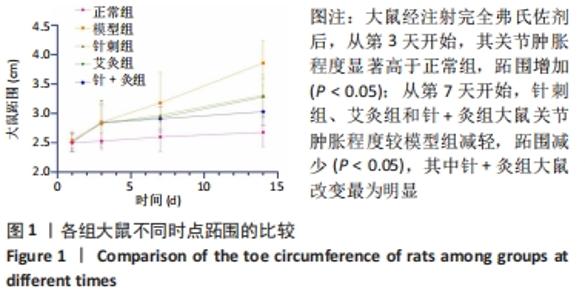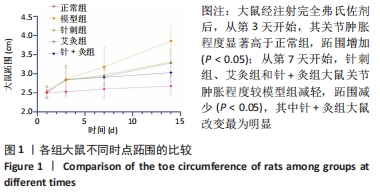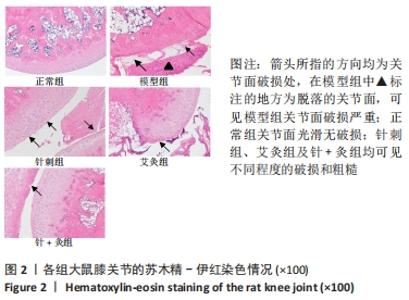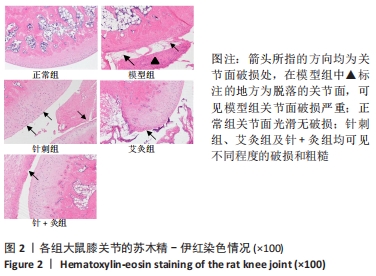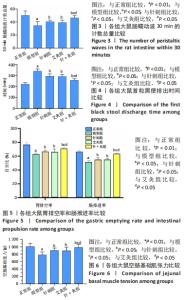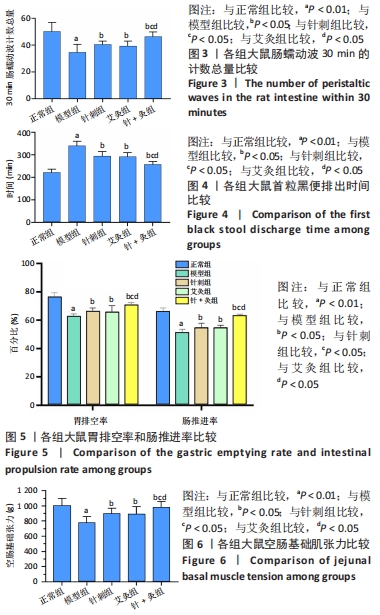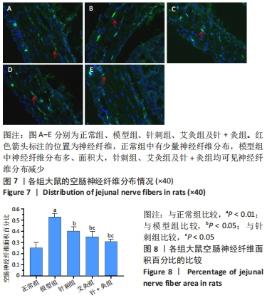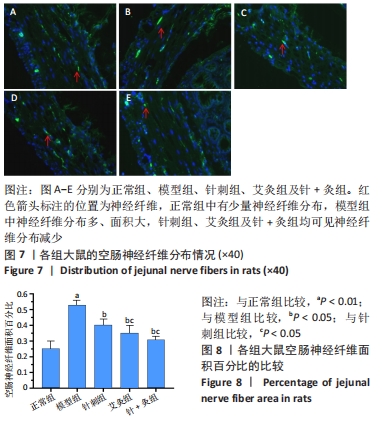[1] KLARESKOG L, RÖNNELID J, SAEVARSDOTTIR S, et al. The importance of differences; On environment and its interactions with genes, and immunity in the causation of rheumatoid arthritis. J Intern Med. 2020; 287(5):514-533.
[2] SCHER JU, NAYAK RR, UBEDA C, et al. Pharmacomicrobiomics in inflammatory arthritis: gut microbiome as modulator of therapeutic response. Nat Rev Rheumatol. 2020;16(5):282-292.
[3] BUCKLEY F, FINCKH A, HUIZINGA TW, et al. Comparative Efficacy of Novel DMARDs as Monotherapy and in Combination with Methotrexate in Rheumatoid Arthritis Patients with Inadequate Response to Conventional DMARDs: A Network Meta-Analysis. J Manag Care Spec Pharm. 2015;21(5):409-423.
[4] Van den Berg-Wolf M, Burgoon T. Acupuncture and Cutaneous Medicine: Is It Effective? Med Acupunct. 2017;29(5):269-275.
[5] LI J, LI J, CHEN R, et al. Targeting NF-κΒ and TNF-α Activation by Electroacupuncture to Suppress Collagen-induced Rheumatoid Arthritis in Model Rats. Altern Ther Health Med. 2015;21(4):26-34.
[6] 蔡国伟,李柏村,李佳,等.温针灸对骨关节炎大鼠软骨组织Clock、Bmal1蛋白的影响[J].中国中西医结合杂志,2019,39(10): 1225-1229.
[7] 蔡国伟,李佳,李静.温针灸对类风湿性关节炎大鼠关节滑膜组织沉默信息调节因子2相关酶1和核转录因子-κB蛋白的影响[J].针刺研究,2017,42(5):397-401.
[8] 冉国平,刘嘉颖,杨大业,等.电针足三里对肠易激综合征腹泻型大鼠炎性损伤的机制研究[J].中国中西医结合杂志,2019,39(3): 342-346.
[9] 陈斌,白羽,陈芮,等.艾灸对诱导性大鼠关节炎症及肠道菌群的影响[J].中国微生态学杂志,2019,31(6):632-637.
[10] 李哲.艾拉莫德在类风湿关节炎中通过调节自噬及线粒体自噬的抗炎机制研究[D].长春:吉林大学,2020.
[11] CRAIG E, CAPPELLI LC. Gastrointestinal and Hepatic Disease in Rheumatoid Arthritis. Rheum Dis Clin North Am. 2018;44(1):89-111.
[12] LERNER A, MATTHIAS T. Rheumatoid arthritis–celiac disease relationship: Joints get that gut feeling. Autoimmun Rev. 2015;14(11): 1038-1047.
[13] MORTIER C, GOVINDARAJAN S, VENKEN K, et al. It Takes “Guts” to Cause Joint Inflammation: Role of Innate-Like T Cells. Front Immunol. 2018;9:1489.
[14] DEMORUELLE MK, DEANE KD, HOLERS VM. When and where does inflammation begin in rheumatoid arthritis? Curr Opin Rheumatol. 2014;26(1):64-71.
[15] 周正任.浅谈粘膜免疫机制[J].中国微生态学杂志,2000,12(6): 311+316.
[16] ATARASHI K, TANOUE T, SHIMA T, et al. Induction of colonic regulatory T cells by indigenous Clostridium species. Science. 2011;331(6015):337-341.
[17] CHEN J, WRIGHT K, DAVIS JM, et al. An expansion of rare lineage intestinal microbes characterizes rheumatoid arthritis. Genome Med. 2016;8(1):43.
[18] 皮珍平. 类风湿性关节炎患者的关节外表现临床分析[J]. 中国现代医生,2009,47(30):36-37.
[19] 赵宁,贾红伟,吴萍,等.从黏膜免疫探讨中医治疗类风湿性关节炎的作用机理[J].中国中医基础医学杂志,2002,8(3):6-8.
[20] CHEN Y, LI H, LUO X, et al. Moxibustion of Zusanli (ST36) and Shenshu (BL23) Alleviates Cartilage Degradation through RANKL/OPG Signaling in a Rabbit Model of Rheumatoid Arthritis. Evid Based Complement Alternat Med. 2019;2019:6436420.
[21] DONG ZQ, ZHU J, LU DZ, et al. Effect of Electroacupuncture in “Zusanli” and “Kunlun” Acupoints on TLR4 Signaling Pathway of Adjuvant Arthritis Rats. Am J Ther. 2018;25(3):e314-e319.
[22] 杨继洲.针灸大成[M].北京:人民卫生出版社,1984.
[23] JANG JH, LEE DJ, BAE CH, et al. Changes in small intestinal motility and related hormones by acupuncture stimulation at Zusanli (ST 36) in mice. Chin J Integr Med. 2017;23(3):215-220.
[24] 郝锋,吴立斌,胡骏,等.艾灸对类风湿性关节炎模型大鼠足跖滑膜组织PI3K/Akt/mTOR信号通路的影响[J].中国针灸,2020,40(11): 1211-1216.
[25] 蔡国伟,彭锐,李佳,等.温针灸对类风湿关节炎大鼠关节软骨vimentin蛋白的影响[J].上海针灸杂志,2017,36(11):1361-1366.
[26] 白玉,武平,熊燕,等.针灸治疗类风湿关节炎临床选穴规律探讨[J].亚太传统医药,2018,14(4):95-97.
|
